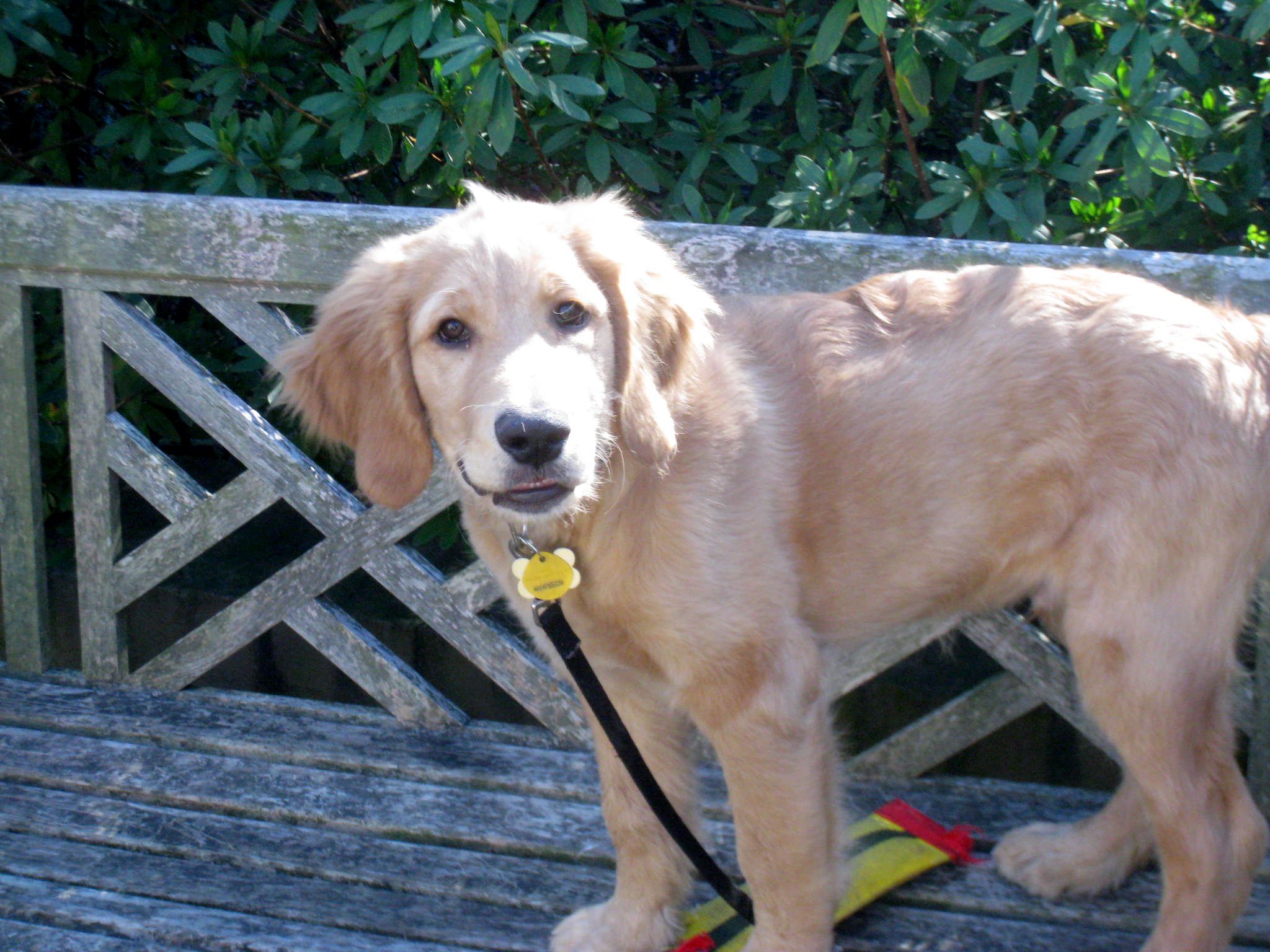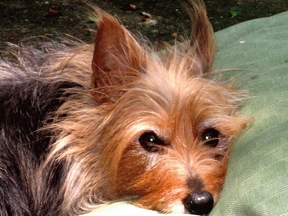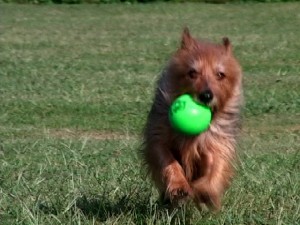I use stay as a temporary command whenever I want Bentley to remain in one spot for a brief period.
This is useful if I drop or spill something and want to pick it up without being “mugged” or bothered by a curious dog.
When I ask Bentley to stay, I am saying, “Please remain in this location. I am going to leave or perform some task. I will come back to you and give you a reward for staying.”
When teaching stay, I never walk away and then call the dog to me. I always return to the dog and release him from the stay.
I teach stay in cycles. Each cycle I add a bit more movement or action. Once the dog learns the concept of stay, I add distractions. I might practice the same cycles with items in my hand, while waving my arms, clapping, dancing, etc.
Once the dog will stay for my distractions, I work with the dog and invite other people to play the role of distractions.
Before you begin training your dog, you’ll need to learn a bit about communication and motivation. Please visit the Dog Training Start Here Category. There you will learn about markers and rewards, two excellent topics for communicating and motivating! A prerequisite for “stay” is “Attention on Cue”. It doesn’t hurt if your dog already knows “Sit” too!
Cycle 1:
With the dog on a lead, I say “stay”, wait 1 second, and then push my open hand towards him – like a stop signal. Then I withdraw my hand.
I wait 2 seconds and then deliver the reward marker to release the dog, followed by a food treat.
Cycle 2:
With the dog on a lead, I say “stay”, wait 1 second, and then push my open hand towards him – like a stop signal. Then I withdraw my hand.
I take a couple of steps with each foot, but do not move forward or backward. I march in place. I stop moving my feet.
I wait 2 seconds and then deliver the reward marker to release the dog, followed by a food treat.
Cycle 3:
Same as cycle 2 except I might take a backward step and then return, or twist my upper body or shoulders just a bit.
I stop all body motions.
I wait 2 seconds and then deliver the reward marker to release the dog, followed by a food treat.
Following Cycles:
Each cycle I get a bit more creative with my actions or movements. I always return to the dog, pause 2 seconds and then release him by delivering the marker.
Troubleshooting Stay
Many people tell their dogs to stay and immediately turn and walk away. Naturally the dog follows. He has no clue what stay means. When this happens, people just repeat the sequence but say “Stay” a bit harsher, as if now the dog will understand.
The key to success is teaching in cycles. Add one small bit of motion during each cycle. If your dog does not stay, reduce the motion and try again.
It helps to have a particular goal in mind. For instance, teach your dog to stay when you drop a pencil and then pick it up. Each cycle will add a bit more of the motion involved in bending over and picking up an item.
Be patient, add small “pieces” of distractions and you will succeed!
If your dog follows you, herd him back to the beginning location, repeat the command and try again. This time use less motion. If your dog fails 2x in a row, make sure you succeed on the 3rd cycle. Perform an easy cycle with no distractions.
I never let my dog fail 3x in a row. THree failures in a row tell me that I am adding distractions above his current skill level.




